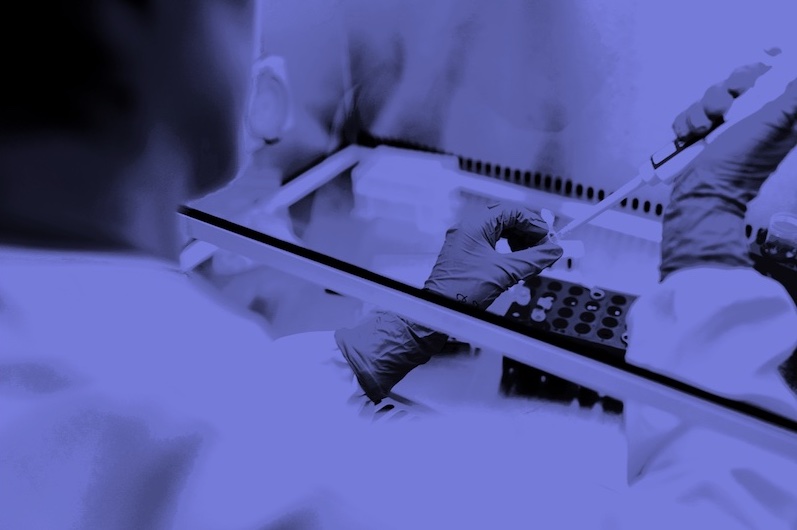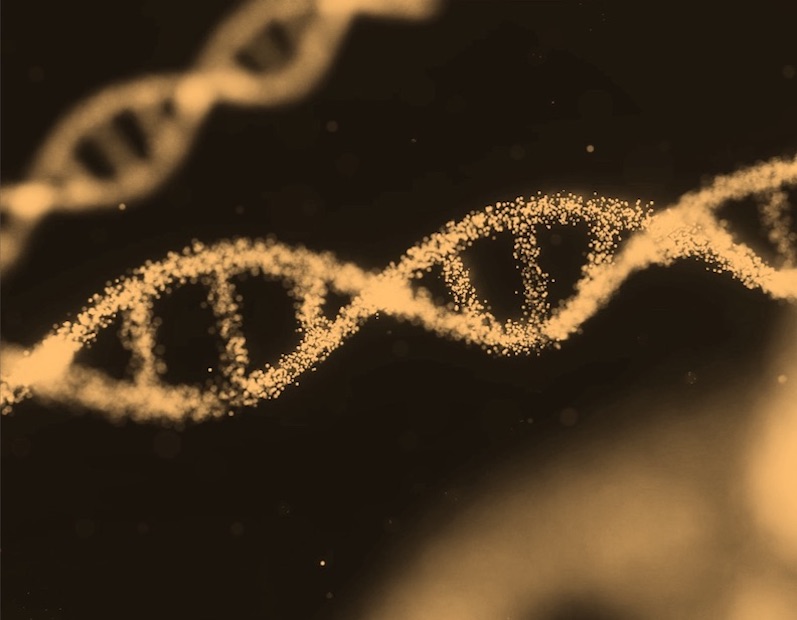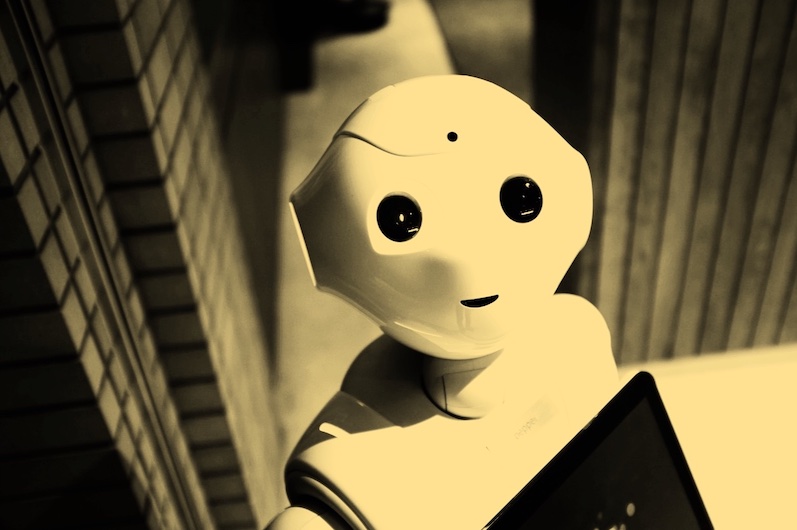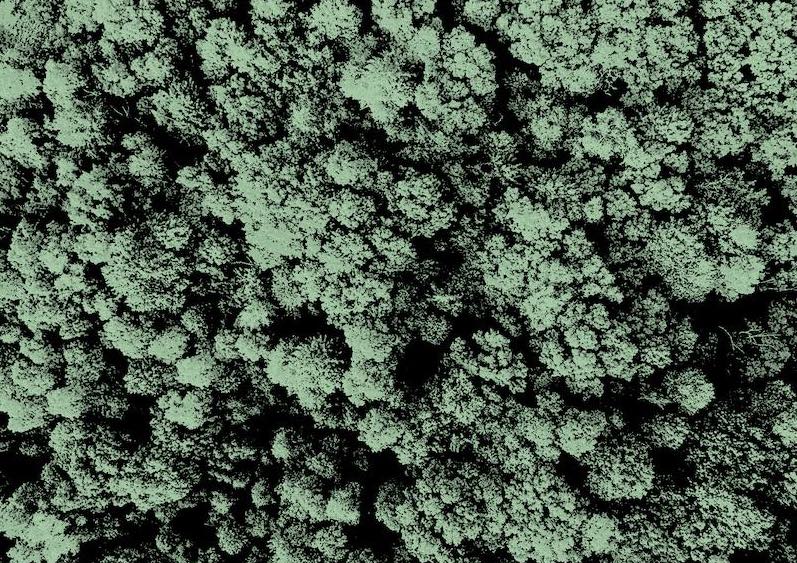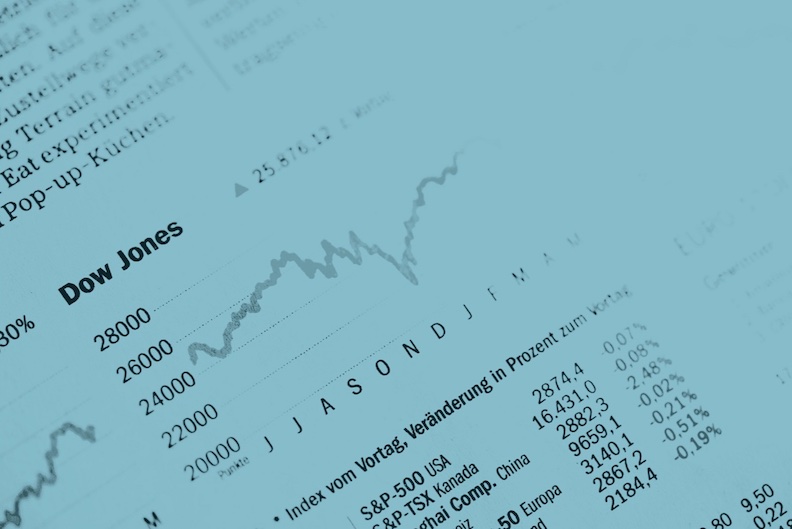What is it about?
By now it's clear that if want to avoid dangerous levels of global heating, we have to reduce the amount of meat and dairy in our diets. What is less clear, however, is what best to replace your burger and cheese with, and costly that would be. Our findings show that unprocessed plant-based foods such as soybeans, peas, and beans are best suited for replacing meat and dairy from nutritional, health, environmental, and cost perspectives. Choosing legumes over meat and milk would reduce nutritional imbalances in high-income countries like the UK, US, and Europe by half, mortality in particular from diet-related diseases by a tenth, the environmental impacts of diets such as greenhouse gas emissions, land use, and water use by more than half, and costs by more than a third. Despite not being the front runner, processed plant-based foods such as veggie burgers and plant milks still resulted in substantial benefits when replacing meat and dairy, but the emissions reductions and health improvements were a fifth to a third less than when choosing unprocessed legumes, and costs to the consumer were a tenth higher than those of current diets. Most of the improvements in nutritional imbalances and disease risk came from increases in fibre, potassium, and polyunsaturated fatty acids, and from reductions in cholesterol, saturated fat, and animal-based (heme) iron. The reductions in environmental impacts were driven by substantially lower footprints of plant-based foods compared to animal products across domains. In addition, many animal products tend to be more expensive per serving and calorie than legumes and other plant-based foods if they’re unprocessed, but costs and impacts increase with processing. So, unprocessed legumes such as peas and beans were the clear winner in the assessment. They performed well from all perspectives, including nutritional, health, environmental, and cost. But a surprising runner-up was tempeh, a traditional Indonesian food made from fermented soybeans, which retains much of the nutritional properties of soybeans without much processing or additives. This and the relatively low cost gave it an edge over more processed alternatives such as veggie burgers. Another surprising finding was for lab-grown meat. Despite high uncertainties, the existing data suggest it is not a competitive product, not even for normal meat. At current technologies, its emissions can be as high as those of beef burgers at up to 40,000 times its costs, whilst its health impacts when replicating beef would be similarly bad. Although costs and emissions could come down with more efficient production processes, this would require both substantial investments and technological advances. However, public investments in both lab-grown meat and ultra-processed burger patties look like tough sells when considering their relative impacts and available alternatives. The findings suggest that suitable alternatives to meat and milk exist and are available and affordable without necessarily requiring new technologies or product development. What is required, however, are prudent public policies that support all citizens in eating healthy and sustainable meals.
Featured Image

Photo by Tijana Drndarski on Unsplash
Why is it important?
The study combines nutritional, health, environmental, and cost assessments of meat and milk alternatives. It included traditional products such as tofu and tempeh, processed alternatives such as veggie burgers and plant milks, prospective products such as lab-grown beef, as well as unprocessed foods such as soybeans and peas. It also featured several ways of comparing foods, including per serving or calories, and as single food or when replacing the current intake of meat and dairy.
Perspectives
The best replacements for meat and dairy are not only whole foods, but also whole meals. While it might be hard to imagine emptying a can of beans into a burger bun, why not try to cook up a bean chilli, chickpea curry, or tempeh stir-fry? Or if you’re lazy, how about some crushed peas on dark bread? Replacing your average junk/fast-food meal with a mix of legumes, veggies, and whole grains provides not only a more balanced serving of nutrients, but also lowers your environmental footprints at a similar or lower cost to your wallet.
Marco Springmann
University of Oxford
Read the Original
This page is a summary of: A multicriteria analysis of meat and milk alternatives from nutritional, health, environmental, and cost perspectives, Proceedings of the National Academy of Sciences, December 2024, Proceedings of the National Academy of Sciences,
DOI: 10.1073/pnas.2319010121.
You can read the full text:
Contributors
The following have contributed to this page
